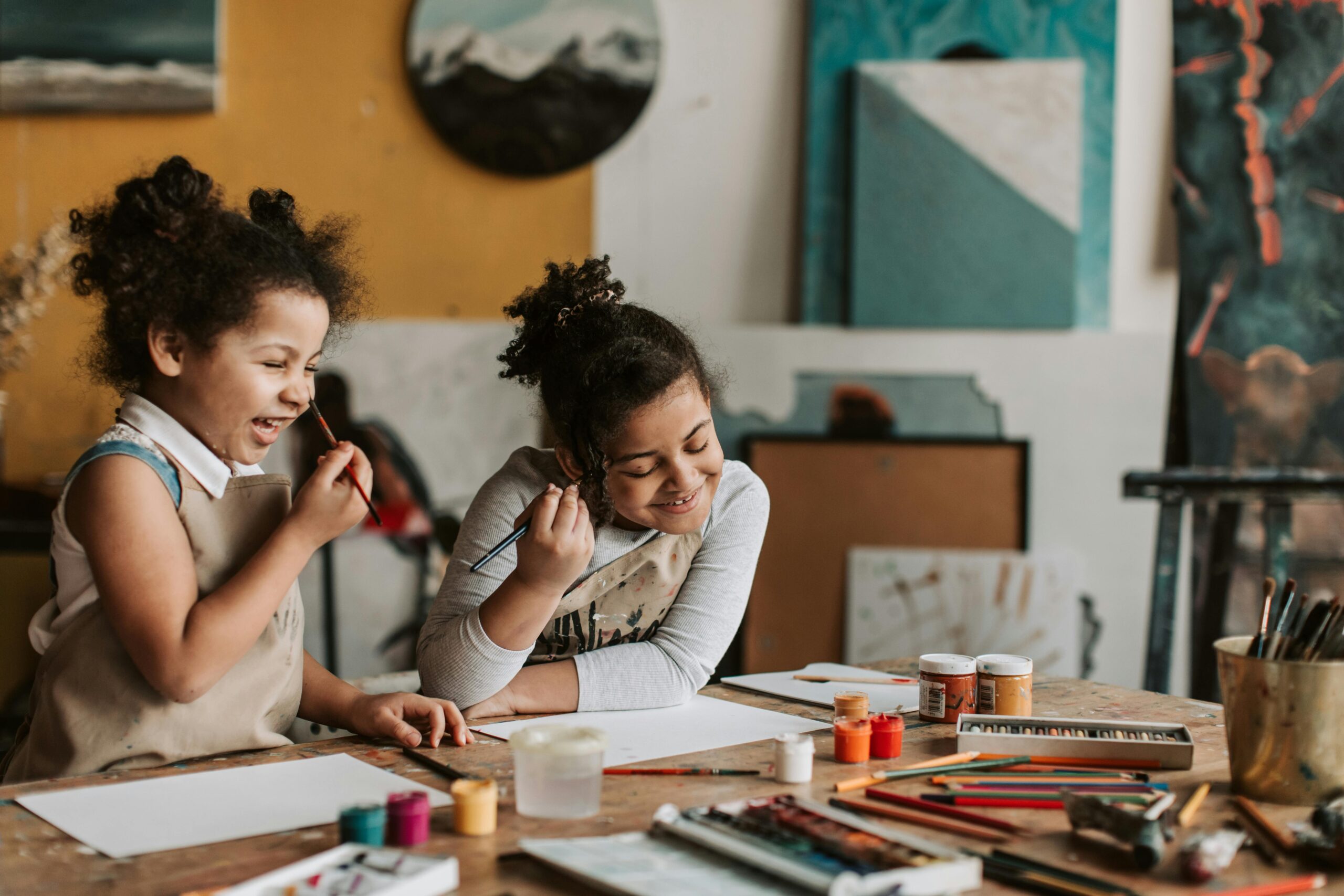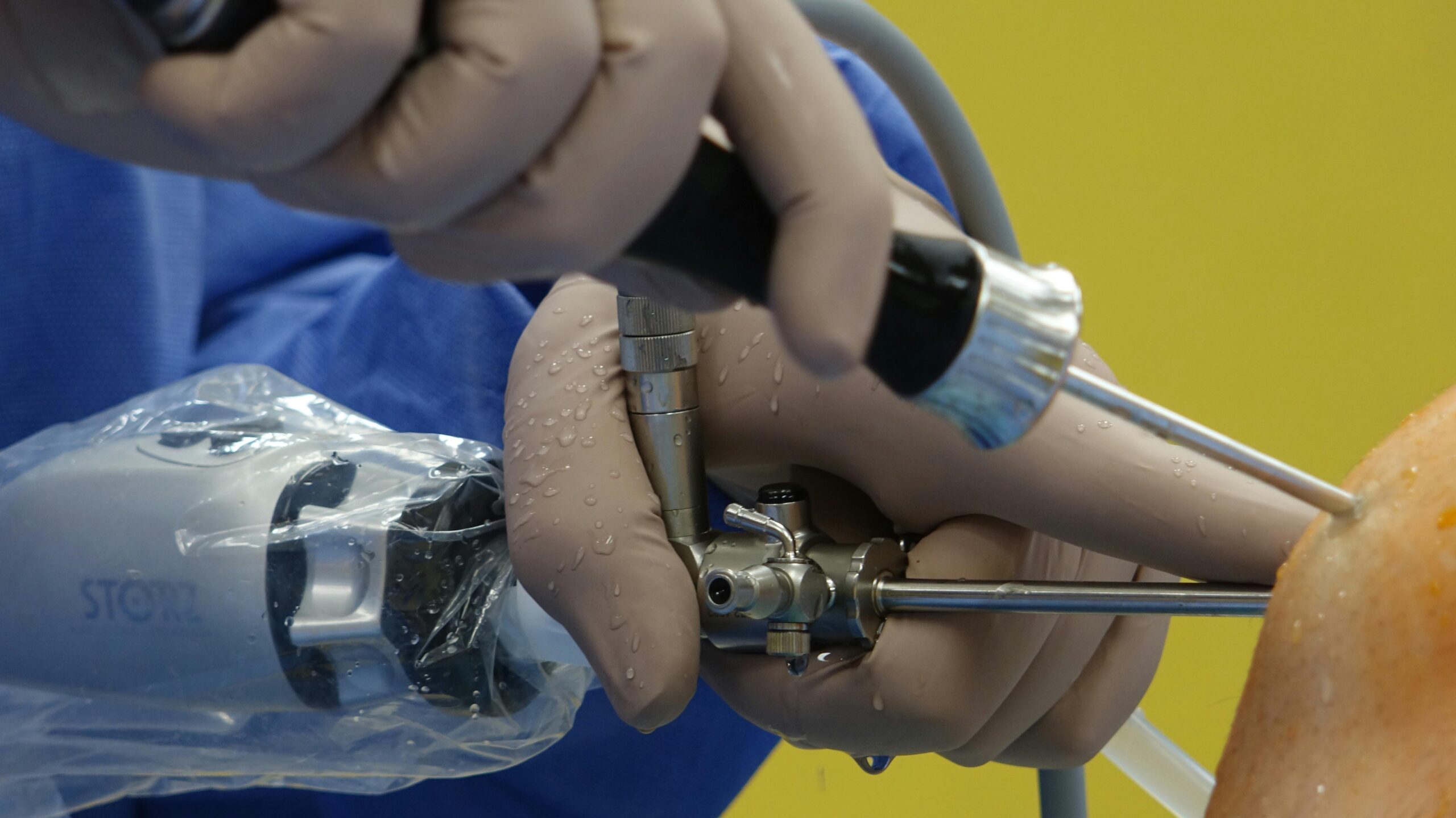Introduction: The Unspoken Language of the Soul
When words fail, art speaks.
Imagine a child who cannot yet articulate their fear of thunderstorms. Instead, they scribble dark clouds and jagged lightning bolts on paper. Or a war veteran who struggles to describe the weight of trauma but finds release in painting abstract landscapes. These are not just acts of creativity—they are acts of survival.
Art has always been humanity’s silent confidant, a refuge for emotions too heavy to carry alone. Whether through brushstrokes, poetry, or dance, creative expression allows us to confront pain, process loss, and rebuild fractured parts of ourselves. In this blog, we’ll explore how art becomes a bridge between suffering and healing, backed by science, history, and deeply human stories.
Chapter 1: The Science of Art and Emotion

Why Creativity Heals
Our brains are wired to respond to art. Studies in neuroaesthetics reveal that creating or observing art activates the prefrontal cortex (responsible for decision-making) and the limbic system (the seat of emotions). This dual engagement helps us process complex feelings in a non-verbal way.
For example, a 2020 study in the Journal of American Art Therapy found that participants who engaged in 45 minutes of free drawing reported a 73% reduction in cortisol levels, the hormone linked to stress. Art doesn’t just distract us from pain—it rewires our response to it.
The Body Keeps the Score… and Art Helps Decode It
Trauma expert Dr. Bessel van der Kolk, author of The Body Keeps the Score, emphasizes that trauma lodges itself in the body, often escaping language. Art therapy—a blend of psychotherapy and creative expression—helps survivors externalize their pain. Sculpting, collage-making, or even coloring mandalas can “move” trapped emotions from the body onto a canvas, creating space for relief.
Case Study: Sarah, a domestic abuse survivor, shared how painting abstract swirls of red and black helped her confront anger she’d suppressed for years. “It was like my hands knew what my mind couldn’t say,” she explained.
Chapter 2: A Historical Tapestry of Healing Through Art

Ancient Rituals to Modern Therapy
Long before Freud and Jung, ancient civilizations used art for healing. Indigenous cultures painted symbols on cave walls to process grief. The Egyptians decorated tombs with vibrant hieroglyphs to guide souls through the afterlife. In medieval Europe, illuminated manuscripts blended art and prayer to soothe spiritual anguish.
Fast-forward to World War I, when soldiers suffering from “shell shock” (now PTSD) were encouraged to draw their nightmares. These early practices laid the groundwork for modern art therapy, formalized in the 1940s by pioneers like Margaret Naumburg and Edith Kramer.
Art in Crisis: The AIDS Memorial Quilt and Beyond
During the AIDS epidemic of the 1980s, grief was politicized and stigmatized. The AIDS Memorial Quilt—a sprawling tapestry of fabric panels honoring lost loved ones—became a collective act of defiance and healing. Each stitch was a scream of love in the face of silence, proving that shared creativity can mend communal wounds.
Chapter 3: The Alchemy of Turning Pain into Beauty

Art as a Mirror and a Window
Creating art forces us to confront our inner chaos. A blank page can feel intimidating, but as artist Georgia O’Keeffe once said, “I found I could say things with color and shapes that I couldn’t say any other way.”
- Journaling and Poetry: Writing fragments of pain into poetry gives structure to chaos.
- Music and Movement: Playing an instrument or dancing shakes loose stagnant emotions.
- Clay and Craft: Molding clay mirrors the process of reshaping one’s narrative.
The Courage to Create Imperfectly
Many hesitate to create because they fear judgment—even from themselves. But healing art isn’t about skill; it’s about authenticity. A stick-figure drawing can hold as much truth as a Renaissance masterpiece.
Personal Anecdote: After losing her mother to cancer, blogger Mia Nguyen began doodling messy, tear-stained sketches in a $2 notebook. “It wasn’t pretty, but it was real. And that’s what mattered.”
Chapter 4: Practical Pathways to Begin Your Healing Journey

Start Small, Start Now
You don’t need a studio or expensive supplies. Healing begins with a single mark:
- Morning Pages: Write three stream-of-consciousness pages daily (from Julia Cameron’s The Artist’s Way).
- Collage Therapy: Cut images from magazines that resonate with your emotions.
- Guided Art Meditation: Follow YouTube tutorials for stress-relief doodling.
Building a Safe Creative Space
- Ritualize It: Light a candle or play calming music to signal “this time is for me.”
- Embrace Mess: Let go of perfection. Smudged charcoal or splattered paint often holds the most meaning.
- Community Support: Join local art groups or online forums like The Artidote to share without fear.
Chapter 5: Voices from the Canvas – Real Stories of Transformation

From Addiction to Acrylics: Jake’s Story
Jake, a recovering addict, swapped needles for paintbrushes. His murals—vivid explosions of color—now adorn rehab centers. “Art gave me a reason to stay sober. Every stroke was a step away from the person I used to be.”
Grief and Gouache: Lila’s Journey
After her stillbirth, Lila couldn’t speak about her loss. She began painting ethereal portraits of mothers and children, blending reality and fantasy. “It let me hold my baby in a way I never could in life.”
Chapter 6: The Role of Digital Art in Modern Healing
TikTok, Instagram, and the Rise of Virtual Sanctuaries
Social media isn’t just for selfies. Platforms like TikTok host #ArtTherapy challenges, where users share timelapses of their healing creations. Digital art apps like Procreate offer accessible tools for those unable to afford traditional supplies.
Pro Tip: Follow hashtags like #MentalHealthArt or #HealingThroughCreativity to find inspiration and community.
Conclusion: Your Palette Awaits
Art is not a cure-all, but it is a compass—one that guides us back to ourselves when we feel lost. Whether you’re sketching on a napkin or composing a song in your shower, remember: every act of creation is a rebellion against despair.





